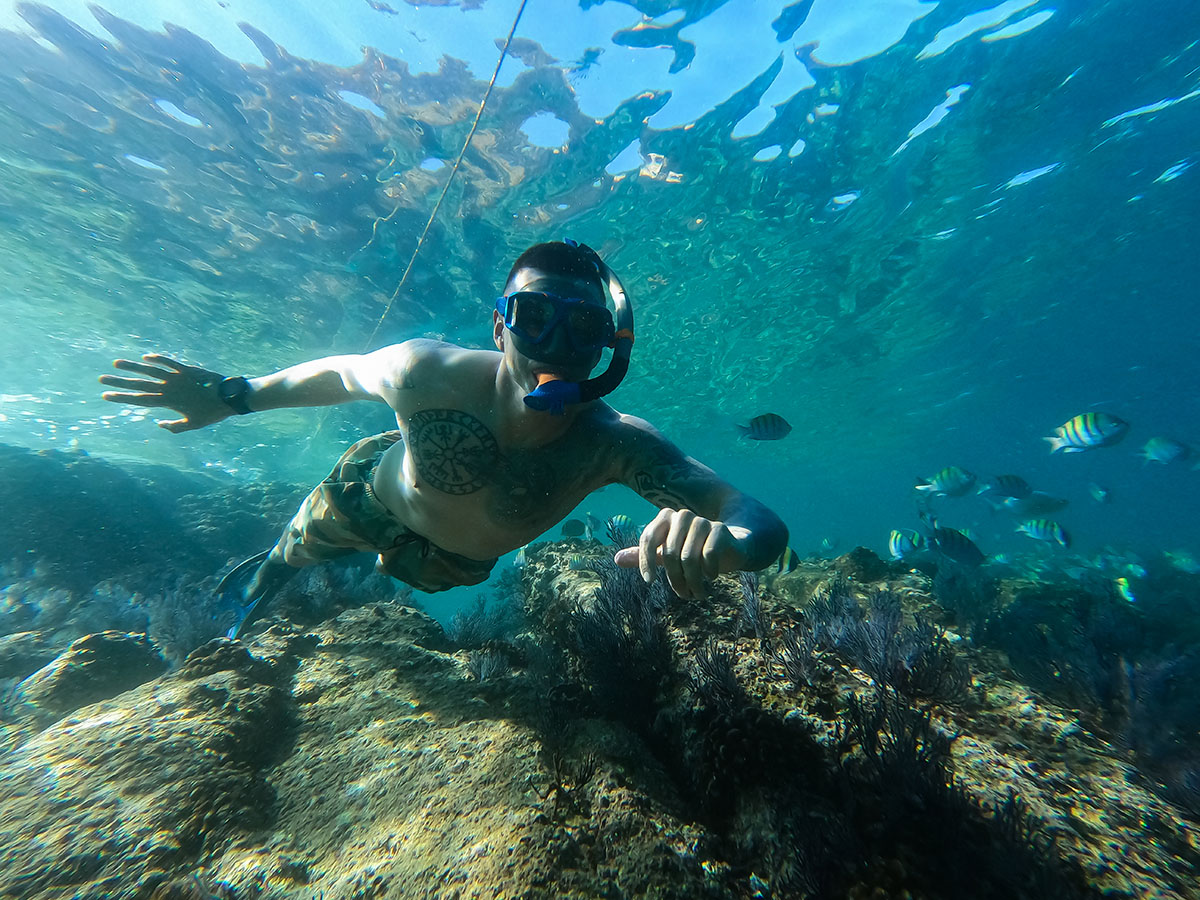
Discover Apnea and Freediving: Safety, Techniques and Thrills
If you’re an adventurous soul, you may have considered trying the exhilarating sport of Apnea and Freediving. This extreme underwater activity is not for the faint of heart, but with the proper training and technique, it can be an incredibly rewarding experience.
Apnea, also known as breath-holding, is the ability to hold one’s breath underwater for an extended period of time. Apnea diving, also known as free diving, is a form of diving in which the diver uses his or her ability to hold his or her breath to swim underwater without the use of scuba gear or other breathing apparatus.
Freediving is an exciting and unique way to explore the underwater world. It goes beyond snorkeling, allowing you to dive deeper, stay down longer and experience marine life in its natural habitat. Whether you’re a recreational enthusiast or seeking competitive depths, here’s a concise guide to ensure your freediving journey is safe and exhilarating.
Apnea and Freediving Techniques and methods
There are several techniques of Apnea and Freediving that can help you improve your free diving skills, including proper relaxation, efficient finning and effective compensations. However, the most important aspect of free diving is safety. Always dive with a buddy, never push yourself beyond your limits and always be aware of your surroundings. With practice and dedication, you can unlock the secrets of apnea and free diving and embark on an unforgettable underwater adventure.
There are various methods you can use to help you hold your breath longer, such as the diaphragmatic breathing technique, which involves breathing in deeply and slowly through your nose and exhaling through your mouth. You can also use the packing technique, which involves taking a deep breath and then taking a few more sips of air before diving. As for types of apnea and free diving, there are several categories you can participate in, such as static apnea, dynamic apnea and constant weight apnea.
Static apnea involves holding your breath while lying face down in the water, while dynamic apnea involves swimming underwater for a certain distance and time without breathing. Constant weight apnea involves descending to a certain depth and then rising again without any assistance or weights. By mastering these techniques and types of apnea and free diving, you can experience the thrill and beauty of the underwater world like never before. So take the time to learn and practice these skills and enjoy the freedom and tranquility that comes with exploring the depths of the ocean.

Types of Freediving Disciplines:
1. Static Apnea: Holding your breath for as long as possible while motionless in the water.
2. Dynamic Freediving: Swimming horizontally or vertically underwater without breathing.
3. Free Immersion: Descending and ascending using a rope, without fins.
4. Constant Weight (with and without fins): Using fins to descend and ascend while holding your breath.
5. Variable Weight: Utilizing a weighted sled for descent and ascending unassisted.
6. No-Limits: Rapid descent using ballast and ascending with a buoyancy device.

Safety and Preparation:
• Always dive with a trained buddy for safety and support.
• Be cautious of depth, visibility, weather, and currents when selecting a dive site.
• Wear appropriate equipment, including a wetsuit for warmth and buoyancy.
• Practice rescue techniques, CPR, and emergency procedures.
• Plan dives during daylight hours and avoid night or dusk diving.
• Choose dive times around tides and currents to ensure safe conditions.
Training and Progression:
• Start with a qualified instructor to learn proper techniques and safety measures.
• Focus on relaxation, breath control, and equalization techniques.
• Gradually increase breath-hold times and depths under expert supervision.
• Incorporate mindfulness and relaxation techniques for mental preparation.
• Stay within your comfort zone and never push beyond your limits.
Benefits of Freediving:
• Connect with marine life and the underwater environment in a serene and unintrusive manner.
• Reap physical and mental benefits, including enhanced lung capacity and mindfulness.
• Experience the thrill of diving without cumbersome scuba gear.
• Explore underwater beauty with minimal impact on the environment.
Conclusion:
Freediving offers a unique opportunity to explore the ocean’s depths and connect with nature. By following safety protocols, undergoing proper training, and respecting your limits, you can embark on a rewarding and exhilarating freediving journey. Whether you seek personal growth, competitive achievements, or a deeper connection to the sea, freediving has something extraordinary to offer.
